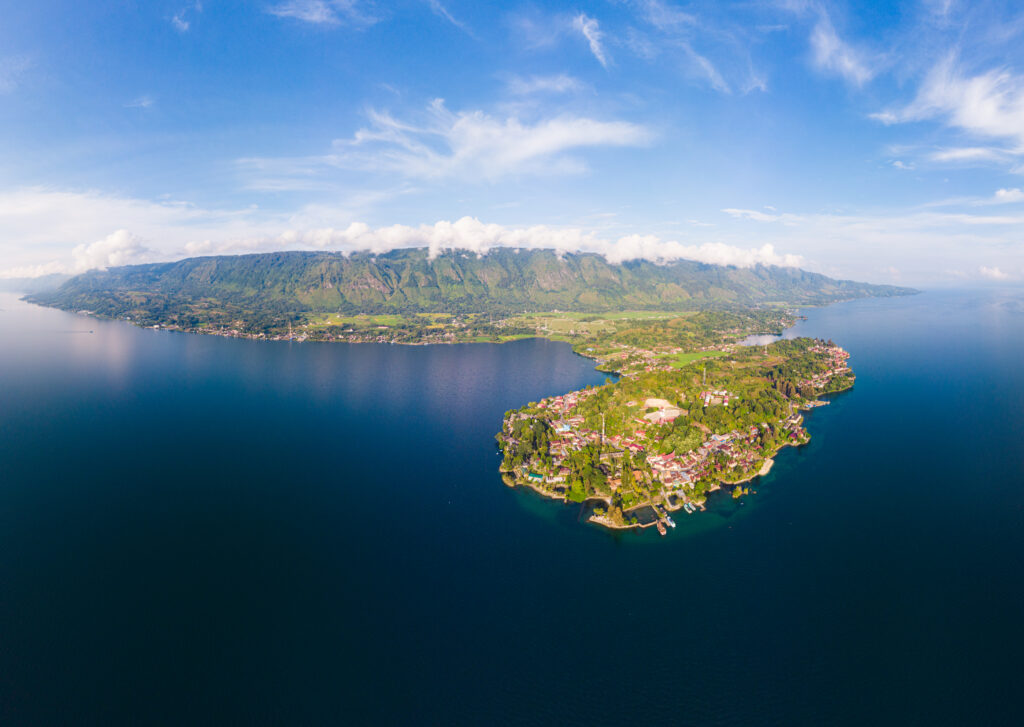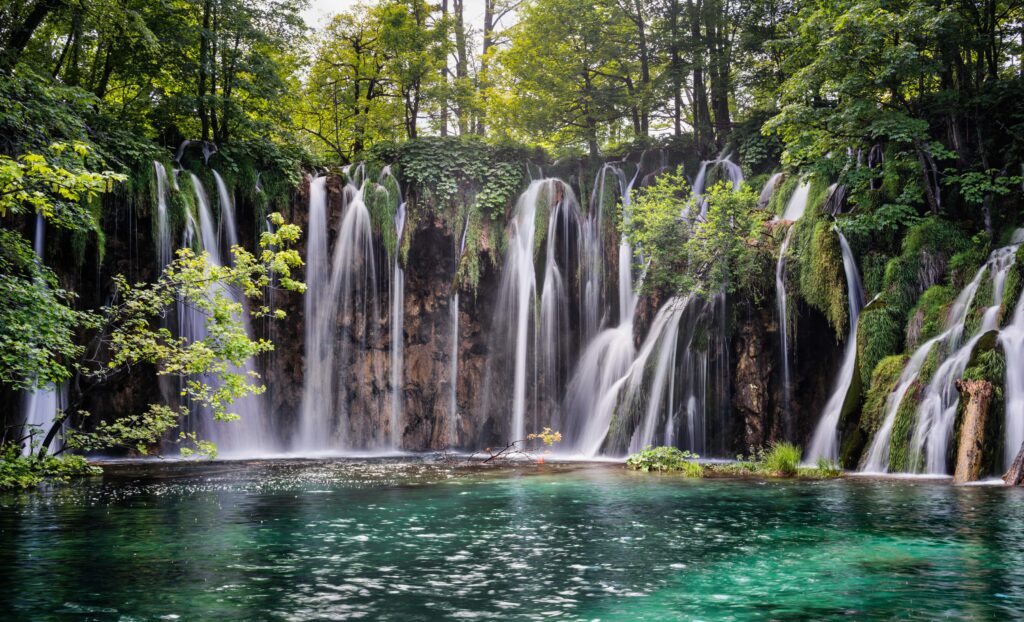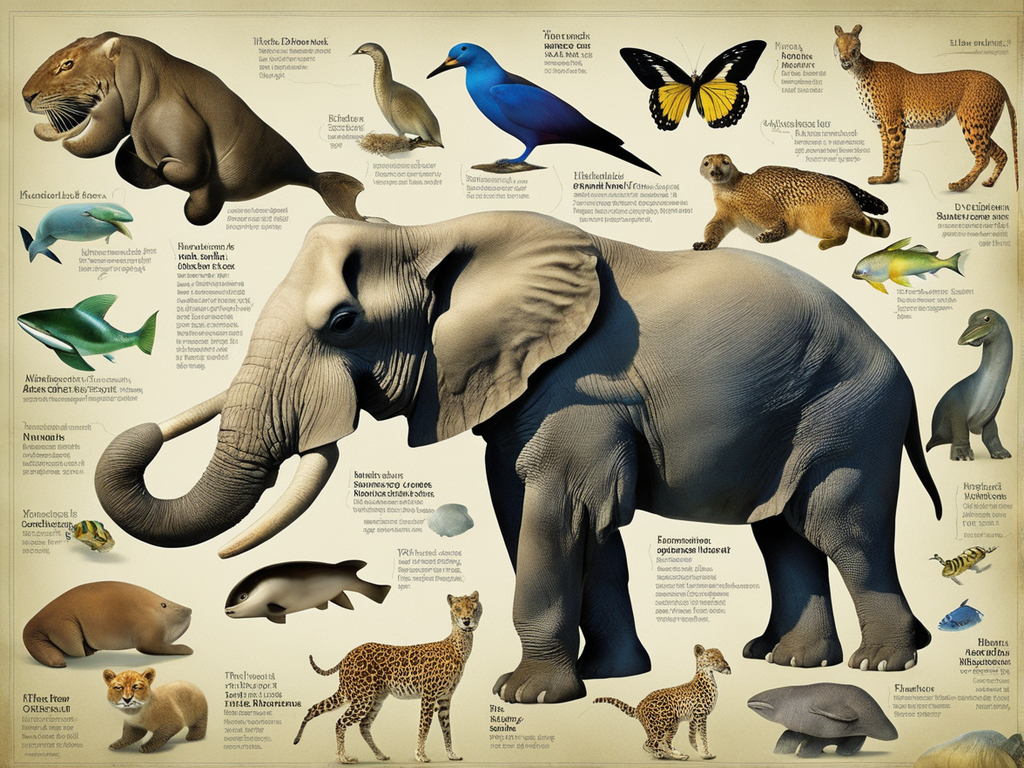Ancient civilizations hold the key to unlocking the secrets of our collective past. Through their remarkable achievements and cultural legacies, we gain valuable insights into the origins of human creativity, innovation, and spirituality. Join us as we embark on a quest to uncover the ancient mysteries that still captivate our imaginations today.
The Rise and Fall of Ancient Civilizations

Explore the fascinating journey of ancient civilizations, from their remarkable rise to their eventual downfall. Throughout history, numerous great societies have flourished and declined, leaving behind a legacy that continues to captivate our imagination.
Ancient civilizations witnessed periods of unprecedented growth and prosperity, driven by innovative ideas, resourcefulness, and visionary leadership. They established advanced systems of governance, developed sophisticated technologies, and created awe-inspiring architectural wonders that still astound us today.
However, alongside their rise to greatness, ancient civilizations also experienced significant challenges and vulnerabilities that ultimately led to their downfall. Environmental factors, economic instability, social unrest, and external invasions all played a role in shaping their destinies.
Let’s take a closer look at the factors that influenced the rise and fall of these remarkable societies:
Social and Political Factors
The dynamic interplay of social structures and political systems was a crucial factor in the success or failure of ancient civilizations. Stable governments, equitable distribution of resources, and effective administration were essential in fostering prosperity. Conversely, power struggles, corruption, and social inequality often sowed the seeds of decline.
Economic Stability and Trade
The economic foundation of ancient civilizations rested on agricultural productivity and the development of trade networks. Thriving economies enabled cities to flourish, providing the resources necessary for cultural and technological advancements. However, economic instability, depletion of resources, and disrupted trade routes could spell disaster for these complex societies.
Environmental Factors
Ancient civilizations were deeply influenced by their natural surroundings. Favorable environmental conditions, such as fertile land and access to water sources, allowed for agricultural abundance and population growth. Conversely, environmental challenges, such as droughts, famines, or natural disasters, could lead to food shortages, social unrest, and decline.
External Threats and Warfare
The rise and fall of ancient civilizations were often intertwined with conflicts and conquests. External invasions, military campaigns, and territorial disputes posed significant challenges to these societies. Defeats in war or constant external pressures could weaken civilizations and pave the way for their eventual collapse.
By uncovering the complex dynamics that shaped the rise and fall of these ancient civilizations, we gain valuable insights into the fragility and resilience of human societies throughout history. The lessons they offer continue to be relevant to our own modern world as we grapple with similar challenges and strive for sustainable progress.
Advanced Technologies of Ancient Civilizations

Ancient civilizations were not only pioneers in culture and civilization but also in advanced technologies and innovations that pushed the boundaries of their time. These brilliant societies showcased remarkable engineering marvels and astronomical knowledge that still leave us in awe today. Let us explore the incredible advancements achieved by some of the most fascinating ancient civilizations.
Egyptian Engineering Marvels
The ancient Egyptians were masters of engineering, constructing astonishing structures that have stood the test of time. The most iconic example is the Great Pyramid of Giza, a breathtaking architectural masterpiece that continues to mesmerize and inspire. With precise alignment to astronomical events and unmatched precision in construction, these pyramid structures display an unparalleled level of sophistication and ingenuity.
Mayan Astronomical Knowledge
The Mayans, known for their advanced understanding of celestial bodies, developed intricate astronomical calendars and observatories. Their knowledge of the stars allowed them to accurately predict astronomical events and understand the movements of celestial bodies. El Castillo, a temple in Chichen Itza, stands as a testament to their astronomical expertise, with its design aligning perfectly with the equinoxes, casting a mesmerizing shadow.
| Ancient Civilization | Advanced Technology | Innovation |
|---|---|---|
| Egyptians | Pyramid construction techniques | Precise alignment to astronomical events |
| Mayans | Astronomical calendars and observatories | Predicting astronomical events |
| Greeks | Archimedes’ screw | Developing early mechanical devices |
These are just a few examples of the incredible technological advancements achieved by ancient civilizations. From the Greeks’ Archimedes’ screw to the Romans’ aqueduct system, each society contributed to the development of innovations that shaped the course of human history.
“The technological prowess of ancient civilizations continues to amaze us, demonstrating their incredible knowledge and ingenuity.”
Secrets of Ancient Civilizations’ Sacred Sites

Delve into the sacred sites and monuments of ancient civilizations, unraveling their spiritual significance and hidden secrets. From Stonehenge to Machu Picchu, we will explore the mystical allure and architectural brilliance behind these awe-inspiring places.
Ancient civilizations left behind a legacy of sacred sites that continue to captivate our imagination and pique our curiosity. These sacred sites, often shrouded in mystery and steeped in spirituality, offer a glimpse into the beliefs, practices, and rituals of our ancestors.
At the heart of these sites lies a profound connection between humanity and the divine. They serve as conduits for spiritual experiences, allowing individuals to tap into higher realms of consciousness and connect with the transcendent.
One of the most iconic sacred sites is Stonehenge, located on the Salisbury Plain in England. This ancient stone circle, dating back over 4,000 years, has baffled archaeologists and historians for centuries. Its purpose and construction methods remain a topic of debate, with theories ranging from astronomical observatory to burial ground.
Another renowned sacred site is the ancient city of Machu Picchu, nestled amidst the Peruvian Andes. This mystical Incan citadel, built in the 15th century, showcases remarkable architectural achievements and a harmonious integration with its natural surroundings. Its purpose and significance are still not fully understood, adding to its enigmatic allure.
These sacred sites are not merely physical structures; they are imbued with spiritual energy and symbolism. They often align with celestial phenomena, serving as cosmic calendars and markers of the passage of time. The alignment of Stonehenge with the summer solstice and the orientation of the Temple of Karnak towards the annual river flooding in ancient Egypt are just a few examples of this celestial connection.
Furthermore, sacred sites provide insights into the ancient civilizations’ beliefs, mythologies, and cosmologies. Carvings, paintings, and inscriptions found at these sites offer glimpses into their religious practices, cultural traditions, and worldview. For example, the pyramids of Giza, towering monuments built by the Egyptians, are not only architectural marvels but also embodiments of their religious and funeral beliefs, reflecting their obsession with the afterlife.
| Ancient Civilization | Sacred Site(s) | Significance |
|---|---|---|
| Egyptians | Pyramids of Giza | Symbolize the journey to the afterlife |
| Mayans | Chichen Itza | Served as a celestial observatory and center for religious ceremonies |
| Greeks | Delphi | Believed to be the center of the world and oracle of Apollo |
Exploring these sacred sites allows us to connect with our ancient past, gain a deeper understanding of our collective history, and appreciate the rich tapestry of human spirituality. They remind us of the awe-inspiring achievements of ancient civilizations and their unwavering dedication to the mysterious forces that shape our existence.
Lost Cities and Forgotten Civilizations

Embark on a captivating journey to unravel the mysteries of ancient civilizations that have been lost to time. These forgotten realms, once bustling with life and culture, hold the key to understanding our shared human history. From the enigmatic Inca city of Machu Picchu in Peru to the legendary Atlantis believed to have sunk beneath the sea, these lost cities capture our imagination and fuel our curiosity.
The stories of these lost cities and forgotten civilizations have fascinated historians and archaeologists for centuries. Explorers have ventured into uncharted territories in search of clues and remnants of these ancient societies. Through their discoveries, we gain insight into the ingenuity, knowledge, and achievements of our ancestors.
“The ruins of lost cities offer glimpses into the past and remind us of the impermanence of civilizations.”
The allure of these ancient cities lies not only in their architectural marvels and grandeur but also in the secrets they hold. Each discovery sheds light on different aspects of ancient life, such as their culture, social structure, and technological advancements. These insights help us piece together the puzzle of our collective heritage.
Lost Cities and Forgotten Civilizations
| City | Location | Historical Significance |
|---|---|---|
| Machu Picchu | Peru | An Inca city believed to be a sacred retreat for the elite and a center of spiritual worship. |
| Palmyra | Syria | Once a thriving hub of trade and commerce, known for its impressive architecture and cultural diversity. |
| Angkor Wat | Cambodia | The largest temple complex in the world, showcasing the rich cultural and religious history of the Khmer Empire. |
| Troy | Turkey | Famous for the legendary Trojan War and the subject of countless myths and epics. |
| Pompeii | Italy | Preserved under layers of ash after the eruption of Mount Vesuvius, offering a glimpse into Roman life in 79 AD. |
Uncovering the secrets of these lost cities and forgotten civilizations not only satisfies our curiosity but also grants us a deeper appreciation for the greatness and fragility of human achievements. These relics of the past serve as a testament to the resilience and creativity of ancient societies, encouraging us to preserve and learn from their legacy.
Ancient Civilizations’ Art and Culture
Immerse yourself in the captivating world of ancient civilizations’ art and culture. These vibrant societies left behind a rich artistic legacy that continues to inspire and fascinate us today. From the intricate designs of the Aztecs to the timeless sculptures of Greece, each civilization expressed its unique cultural identity through art and symbolism.
Ancient Civilizations’ Symbolism
The art of ancient civilizations was infused with symbolism, often carrying deep meaning and significance. Through their artwork, these societies conveyed their beliefs, values, and stories. Symbols such as the Egyptian ankh, representing life and resurrection, or the Mayan serpent, symbolizing wisdom and rebirth, reveal the spiritual and cultural depth of these civilizations.
“The symbolism found in ancient civilizations’ art provides us with invaluable insights into their worldview and understanding of the world around them.” – Dr. Emily Thompson, Art Historian
Aesthetics and Cultural Expressions
Ancient civilizations’ art embraced a wide range of aesthetics and cultural expressions. The graceful sculptures of ancient Greece, characterized by idealized human forms and a focus on harmonious proportions, exemplify the pursuit of beauty and excellence. On the other hand, the bold and intricate designs of the Aztecs, incorporating vibrant colors and patterns, reflect their vibrant and complex society.
Art as a Cultural Connection
The art of ancient civilizations served as a powerful cultural connection, uniting people across vast territories and time periods. The cave paintings of Lascaux in France, depicting hunting scenes dating back thousands of years, connect us to our ancestors and their way of life. Similarly, the intricate pottery of the Moche civilization in Peru tells the story of their everyday lives and rituals.
A Legacy Preserved
Today, the art and culture of ancient civilizations are preserved in museums and archaeological sites around the world. These artifacts stand as a testament to the creativity and ingenuity of our ancestors, offering us a glimpse into their world and inspiring us to appreciate the beauty and diversity of human expression.
| Ancient Civilization | Artistic Contribution |
|---|---|
| Greece | Timeless sculptures depicting gods, heroes, and athletes |
| Egypt | Intricate hieroglyphics and monumental architecture |
| Aztecs | Detailed and vibrant codices, pottery, and carvings |
| Inca | Exquisite textiles and golden jewelry |
Legacy of Ancient Civilizations in Modern Society

Ancient civilizations have left an indelible legacy that continues to shape our modern society in profound ways. Their knowledge, ideas, and cultural influences have stood the test of time, imparting invaluable wisdom and inspiration to future generations.
One of the most significant contributions of ancient civilizations is the foundation they laid for various fields of study. From mathematics and astronomy to architecture and medicine, the discoveries made by these early societies paved the way for advancements that are now fundamental to our daily lives. Concepts such as the Pythagorean theorem and the Hippocratic oath find their origins in the intellectual pursuits of ancient civilizations.
Moreover, ancient civilizations’ influence extends beyond academia. They have left an indelible mark on art, music, and literature, providing the bedrock for artistic expressions and creative endeavors. From the intricate sculptures of ancient Greece to the enduring poetry of ancient Egypt, their artistic achievements continue to captivate and inspire contemporary artists and audiences alike.
Ancient civilizations have also instilled in us a profound respect for our environment and the need for sustainable practices. The civilizations of the past had a deep connection with nature and recognized the importance of living in harmony with the earth. Their agricultural innovations, architectural marvels, and spiritual rituals all reflect an understanding of the delicate balance between humans and the natural world, a lesson we continue to learn from today.



































